There are several reasons why someone might choose to paint a furniture. Maybe you want to update the look, cover up damage, match a new décor, restore an old piece or you just want to personalize the piece and make it your own, by choosing a color or finish that reflects your personal style.
Overall, repainting a piece of furniture can be a great way to breathe new life into an old piece, and can be a fun and rewarding DIY project. Therefore, here is an ultimate guide to paint your furniture like a pro, and to choose the best paint furniture for your precious piece.
What is furniture paint?
Furniture paint is a type of paint that is specifically formulated for use on furniture. It is designed to adhere to different types of furniture surfaces, such as wood, metal, plastic, and wicker. Furniture paint comes in a variety of finishes, including matte, satin, gloss, and high gloss, and can be used to create a wide range of looks and styles.
Some furniture paints are designed to provide a durable and long-lasting finish, while others are more suited to decorative or temporary applications. Furniture paint can also be used to transform old or outdated furniture into something new and stylish, making it a popular choice for DIY projects and home decorating.
When choosing a furniture paint, it is important to consider factors such as the type of furniture being painted, the desired finish, and the level of durability required. Proper surface preparation and application techniques are also important for achieving the best results when using furniture paint.
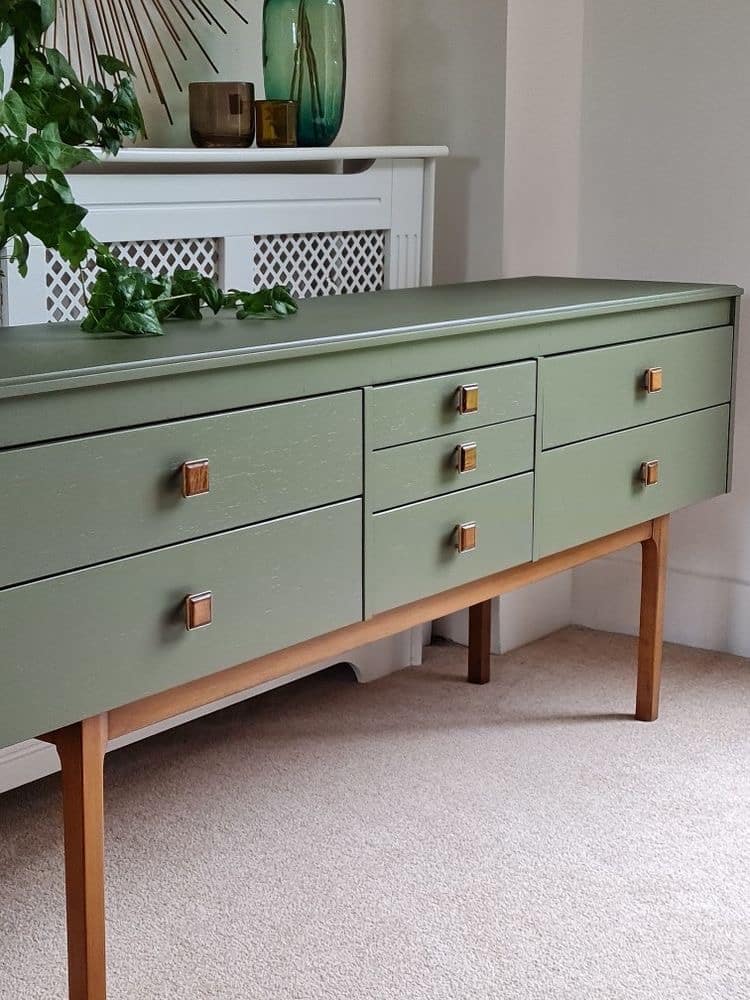
The different types of furniture paint
There are different types of furniture paint available on the market, such as chalk paint, milk paint, acrylic paint, and oil-based paint. Each type has its own unique properties and advantages, depending on the type of furniture being painted and the desired result.

Chalk paint:
It has gained popularity in recent years, particularly for its ability to create a rustic or vintage look on furniture. It is a water-based paint that contains natural chalk, which gives it a soft, matte finish with a slight texture. Here are some of the pros and cons of using chalk paint:
Advantages of chalk paint:
- Easy to use: is known for being easy to apply and does not require sanding or priming beforehand. It is also water-based, which makes it easy to clean up with soap and water.
- Versatile: can be used on a variety of surfaces, including wood, metal, and even fabric. It can create a variety of finishes, from a smooth matte finish to a distressed, shabby chic look.
- Fast drying: dries quickly, which means you can complete a furniture painting project in a shorter amount of time than other types of paint.
- Low odor: has a low odor, which makes it a great choice for indoor projects.
Disadvantages of chalk paint:
- Can be expensive: can be more expensive than other types of paint, which may not be ideal if you are on a budget.
- Limited color selection: While chalk paint comes in a variety of colors, the selection may be limited compared to other types of paint.
- Not as durable: While chalk paint creates a beautiful finish, it may not be as durable as other types of paint. It may chip or scratch more easily, which can be problematic for furniture that gets a lot of use.
- Requires sealing: typically requires a sealing wax or topcoat to protect the finish and make it more durable. This adds an extra step to the painting process and may require additional expense.
Milk paint:
Another type of furniture paint that has been around for centuries, but has also gained popularity in recent years for its natural, eco-friendly properties. It is a water-based paint made from all-natural ingredients such as milk protein, lime, and pigment. Here are some of the pros and cons of using milk paint:
Advantages of milk paint:
- Non-toxic: made with natural ingredients, which makes it non-toxic and safe to use around children and pets.
- Eco-friendly: it is biodegradable and environmentally friendly, making it a great choice for those who are conscious about their impact on the environment.
- Durable: creates a hard and durable finish that can last for years, even on high-traffic pieces of furniture.
- Unique finish: creates a unique finish that can range from smooth to distressed, depending on how it is applied and finished.
Disadvantages of chalk paint:
- Can be unpredictable: can be unpredictable, which means the color may vary from batch to batch, making it difficult to achieve consistent results.
- Requires bonding agent: requires a bonding agent to adhere properly to surfaces, which can be an extra step and additional expense.
- Difficult to work with: can be more difficult to work with than other types of paint, requiring a bit more skill and experience to get good results.
- Limited color selection: While milk paint comes in a variety of colors, the selection may be more limited than other types of paint.
Acrylic paint:
Acrylic paint is a versatile and widely used type of furniture paint. It is a water-based paint that contains acrylic polymers as the binding agent, which makes it fast-drying, water-resistant, and flexible. Here are some of the pros and cons of using acrylic paint:
Advantages of acrylic paint:
- Quick drying: dries quickly, which means you can complete a furniture painting project in a shorter amount of time than other types of paint.
- Versatile: can be used on a variety of surfaces, including wood, metal, and even fabric. It can create a variety of finishes, from a smooth matte finish to a high-gloss shine.
- Low odor: has a low odor, which makes it a great choice for indoor projects.
- Durable: creates a hard and durable finish that can last for years, even on high-traffic pieces of furniture.
- Wide color selection: comes in a wide variety of colors, which gives you many options to choose from.
Disadvantages of acrylic paint:
- Can be difficult to remove: Once acrylic paint dries, it can be difficult to remove from surfaces, which can be a problem if you make a mistake.
- Not as eco-friendly: is not as environmentally friendly as some other types of paint, as it contains chemicals and can be difficult to dispose of.
- Limited work time: has a limited work time, which means it can start to dry and become less workable fairly quickly.
- Can be prone to cracking: can be prone to cracking if it is applied too thickly or if the surface is not properly prepared.
Oil-based paint:
Oil-based furniture paint is a type of paint that uses oil as its base, typically linseed oil, to bind the pigment and provide a glossy finish. It is known for its durability and ability to provide a hard, smooth finish that is resistant to wear and tear. Here are some of the pros and cons of using oil-based furniture paint:
Advantages of oil-based paint:
- Durable: creates a hard and durable finish that can last for years, even on high-traffic pieces of furniture.
- Smooth finish: creates a smooth finish that can be very attractive, especially on furniture with a lot of details or texture.
- Resistant to moisture: is resistant to moisture, which makes it a good choice for furniture that will be exposed to moisture or humidity.
- Self-leveling: is self-leveling, which means it can help to smooth out any brush strokes or imperfections in the surface.
Disadvantages of oil-based paint:
- Slow drying: dries very slowly, which means it can take a long time to complete a furniture painting project.
- Strong odor: has a strong odor, which can make it difficult to use indoors or in small spaces.
- Difficult to clean up: requires solvents or turpentine to clean up, which can be messy and difficult.
- Yellowing over time: can yellow over time, especially if it is exposed to sunlight or other sources of UV light.
However, it’s important to consider the advantages and disadvantages before making a final decision.
Witch paint for witch furniture material:
There are different types of furniture paint that are suitable for different furniture materials, and choosing the right paint for your furniture will depend on the specific surface you are painting and the desired finish you want to achieve. Here are some general guidelines:
- For wood furniture, chalk paint, milk paint, and acrylic paint are all good options. Chalk paint is ideal for creating a rustic or shabby chic look, while milk paint is great for achieving an aged or vintage look. Acrylic paint provides a smooth, uniform finish and is suitable for both modern and traditional styles.
- For metal furniture, acrylic paint or oil-based paint are both good choices. Acrylic paint is suitable for most metals, while oil-based paint is better for outdoor furniture that will be exposed to the elements.
- For plastic furniture, acrylic paint is the best option. It adheres well to most plastics and provides a durable, long-lasting finish.
- For glass furniture, glass paint or acrylic paint can be used. Glass paint is specifically designed for glass surfaces and provides a transparent, glossy finish. Acrylic paint can also be used on glass and provides a more opaque, colorful finish.

How to choose the color when painting my furniture
Choosing the right color for your furniture can be a fun and creative process, but it can also be challenging to find the perfect shade that complements your existing decor and personal style. Here are some tips for choosing the right color when painting your furniture:
- Consider your existing decor: Look at the colors and patterns in the room where the furniture will be placed. Choose a color that complements the existing decor and creates a cohesive look.
- Think about the style of the furniture: The style of the furniture can also influence the color choice. If you have a traditional or vintage piece, consider choosing a classic, muted color like cream or beige. For a modern piece, you could choose a bold, bright color like red or yellow.
- Look for inspiration: Browse home decor magazines or websites for inspiration. You could also visit furniture stores or showrooms to see how different colors look on various pieces of furniture.
- Consider the mood you want to create: The color you choose can also affect the mood of the room. If you want a calming and relaxing environment, consider choosing a cool color like blue or green. If you want a vibrant and energetic space, choose a bright and bold color.
- Test the color: Before committing to a color, test it out by painting a small section of the furniture or using a sample board. This will give you an idea of how the color will look in your space and if it complements your existing decor.
Remember, choosing a color is a personal choice and ultimately comes down to your preferences and style. Use these tips as a guide, but also trust your instincts and have fun with the process!
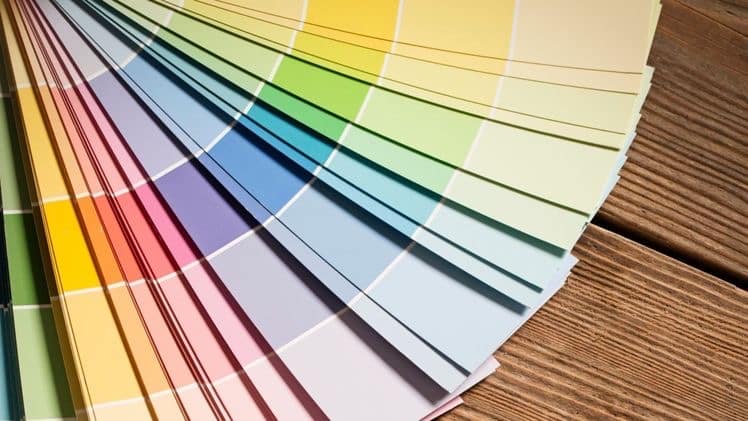
How can I know if the chosen color to paint my furniture will appear the same?
Here are some tips to help ensure that the color you choose appears the same when you paint your furniture:
- Use a color swatch: Most paint brands offer color swatches or sample cards that you can take home and compare to your existing decor. Hold the swatch up to your furniture and look at it in different lighting conditions to get an idea of how the color will look.
- Test the color: Before committing to painting your entire piece of furniture, test the color on a small section first. Paint a patch on the underside of the piece or on a scrap piece of wood to see how the color looks in different lighting conditions and against your existing decor.
- Use a high-quality paint: Using a high-quality paint can help ensure that the color you choose appears the same on your furniture. Cheaper paints can often appear lighter or darker than the color swatch, resulting in an unexpected color.
- Apply multiple coats: Applying multiple coats of paint can help ensure an even and consistent color. Be sure to let each coat dry completely before applying the next.
- Consider the lighting in the room: Lighting can have a big impact on how colors appear. Test the color in the room where the furniture will be placed to get a better idea of how it will look in different lighting conditions.
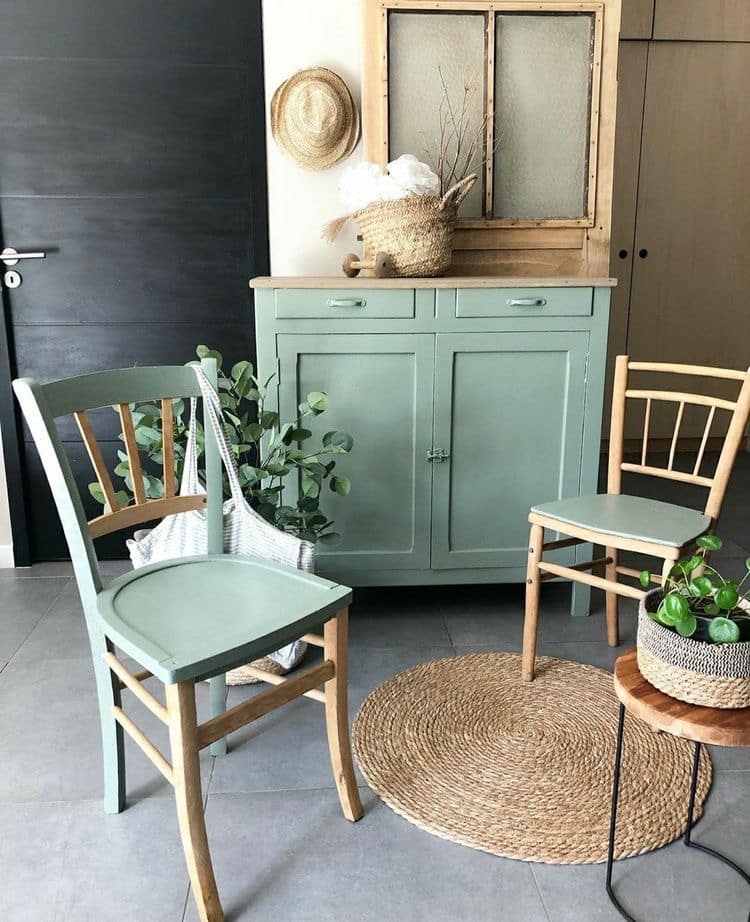
Trend colors for furniture
Trend colors for furniture can vary from year to year and may depend on factors such as popular interior design styles and color trends in fashion and home decor. Here are some of the current trend colors for furniture:
- Earthy tones: Neutral earthy tones like beige, cream, and warm gray are popular choices for furniture. These colors create a calming and relaxing environment and are versatile enough to complement a variety of decor styles.
- Blues: Shades of blue are also popular for furniture, from soft pastel blues to deep navy hues. Blue can create a calming and serene environment and is a great choice for bedrooms, living rooms, and other spaces where relaxation is a priority.
- Greens: From sage to olive, green is also a popular choice for furniture. Green can create a natural and calming environment and is a great choice for rooms with plants or other natural elements.
- Bold colors: Bright and bold colors like red, yellow, and orange are also gaining popularity for furniture. These colors can add a pop of color and energy to a room and are a great choice for accent pieces.
- Black and white: Classic black and white combinations are always in style for furniture. Black furniture creates a sophisticated and elegant look, while white furniture creates a fresh and clean aesthetic.
Remember, trend colors come and go, so it’s important to choose a color that you love and that complements your personal style and existing decor.
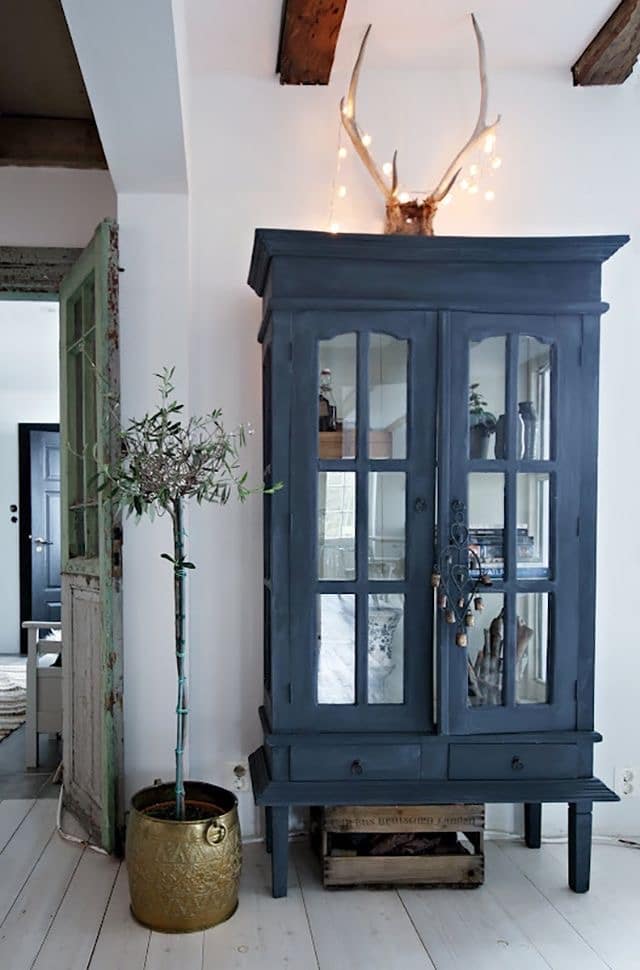
Top furniture paint brands in UK
There are several top furniture paint brands in the UK, including:
- Annie Sloan – Annie Sloan is a well-known brand that offers a range of chalk paint products in a variety of colors.
- Farrow & Ball – Farrow & Ball is a high-end paint brand that offers a range of paint products, including eggshell and gloss finishes for furniture.
- Dulux – Dulux is a popular paint brand that offers a range of furniture paint products, including satinwood and gloss finishes.
- Rust-Oleum – Rust-Oleum is a brand that offers a range of furniture paint products, including chalk paint and spray paint.
- Johnstone’s – Johnstone’s is a paint brand that offers a range of furniture paint products, including satin and gloss finishes.
- Craig & Rose – Craig & Rose is a premium paint brand that offers a range of furniture paint products, including eggshell and gloss finishes.
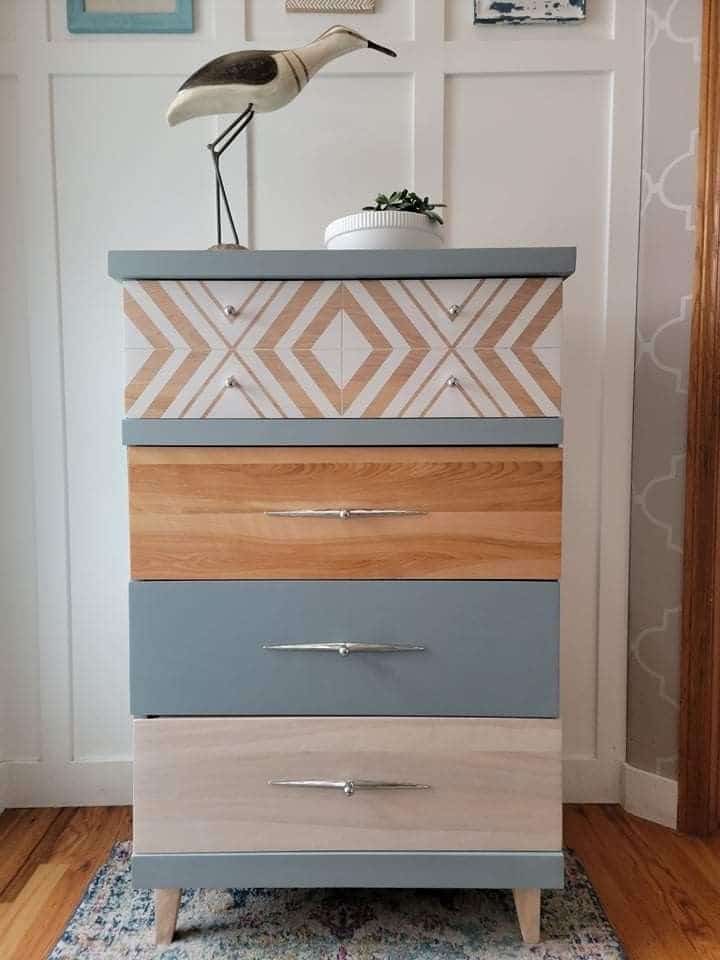
Tips for painting you furniture perfectly
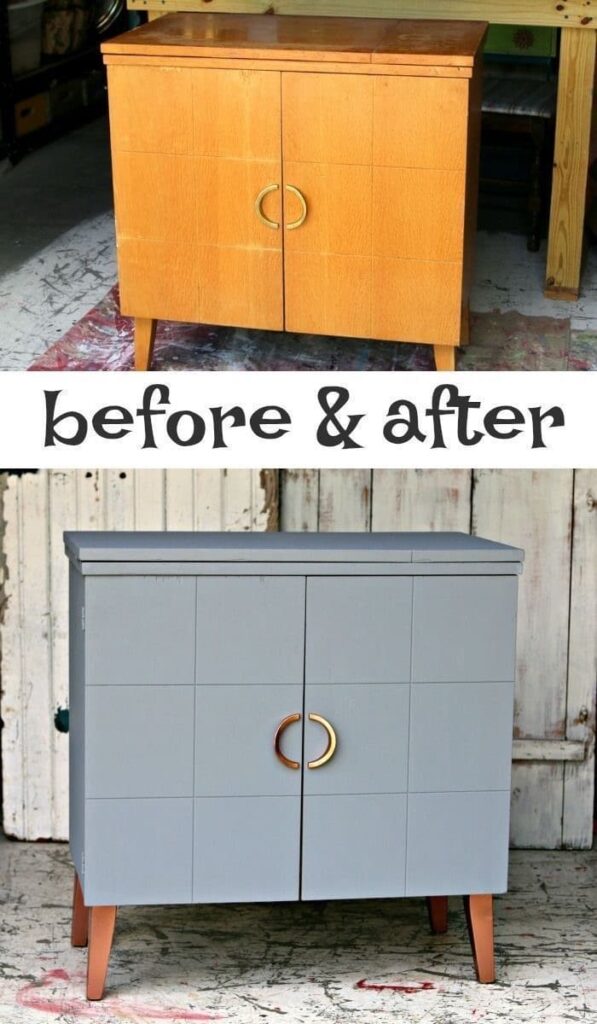
Here are some tips for painting furniture perfectly:
Choose the right type of paint:
As mentioned earlier, different types of paint are suitable for different furniture materials, so make sure to choose a paint that is appropriate for the surface you are painting.
Prepare the surface:
Before painting, make sure the surface is clean, dry, and free of any dirt, grease, or old paint. Sand the surface lightly to remove any rough spots or imperfections, and use a primer if necessary to ensure proper adhesion and coverage.
Use quality paintbrushes:
Invest in a good quality paintbrush that is appropriate for the type of paint you are using. A high-quality brush will help you achieve a smoother, more even finish and will last longer than a cheap brush.
Apply thin, even coats:
Apply thin, even coats of paint, rather than thick, heavy coats. This will help prevent drips and ensure a smoother finish. Wait for each coat to dry completely before applying the next coat.
Sand between coats:
After each coat has dried, lightly sand the surface with fine-grit sandpaper to remove any bumps or imperfections and create a smooth surface for the next coat of paint.
Finish with a protective coat:
Once the final coat of paint has dried, apply a protective topcoat or sealant to help protect the painted surface from wear and tear over time.
Take your time:
Painting furniture requires patience and attention to detail. Take your time and work carefully to achieve the best possible result. Don’t rush the process or try to cut corners, as this will only result in a less-than-perfect finish.
And now it’s your time to paint your favorite furniture and make your home shine with your new piece of art.
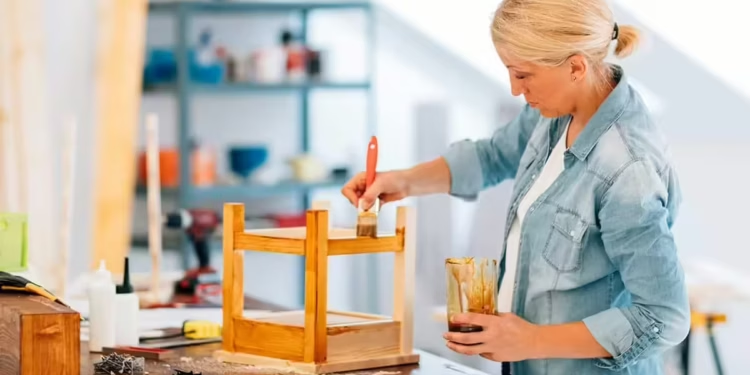


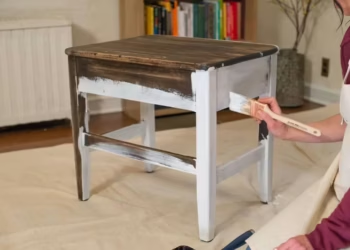
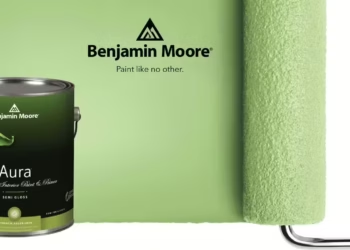
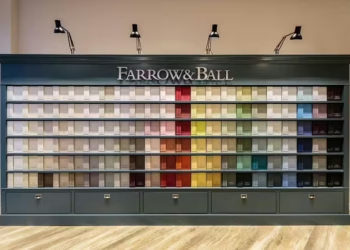
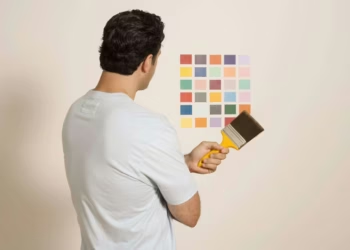




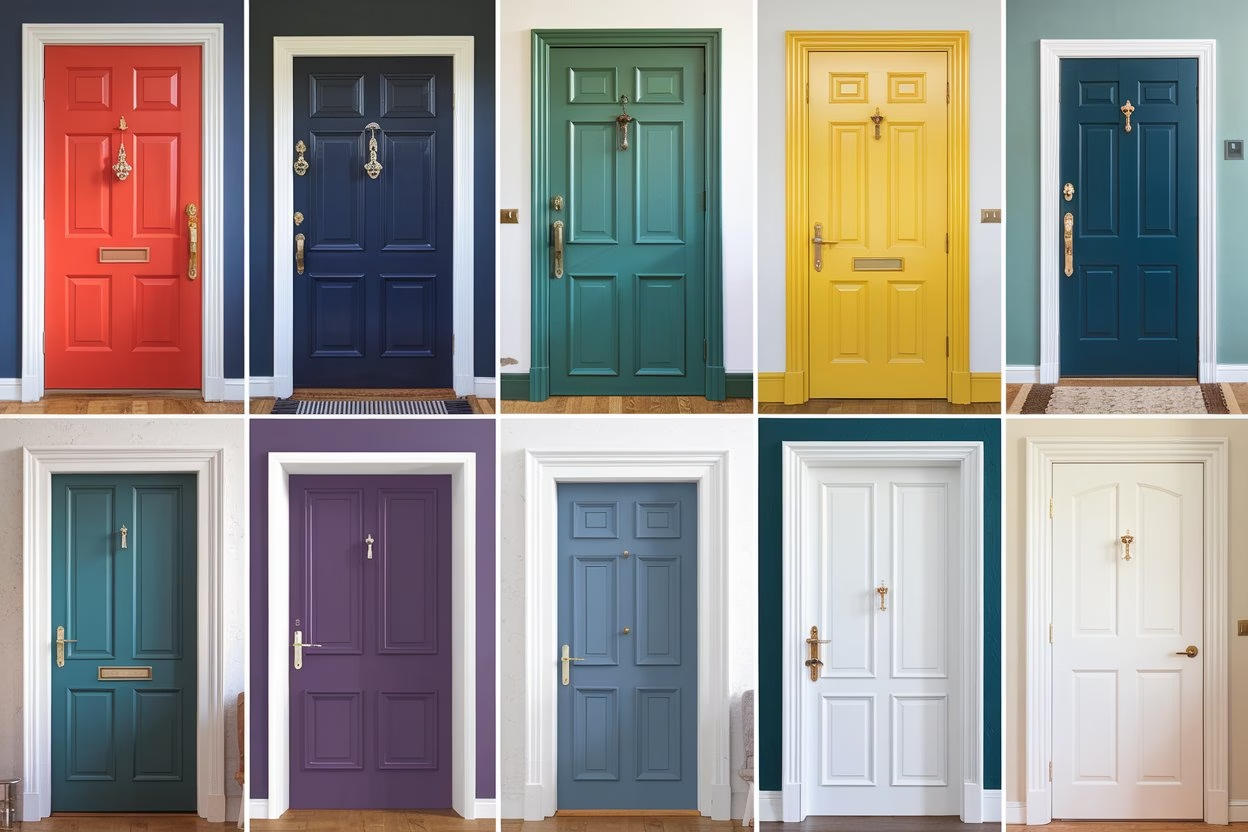
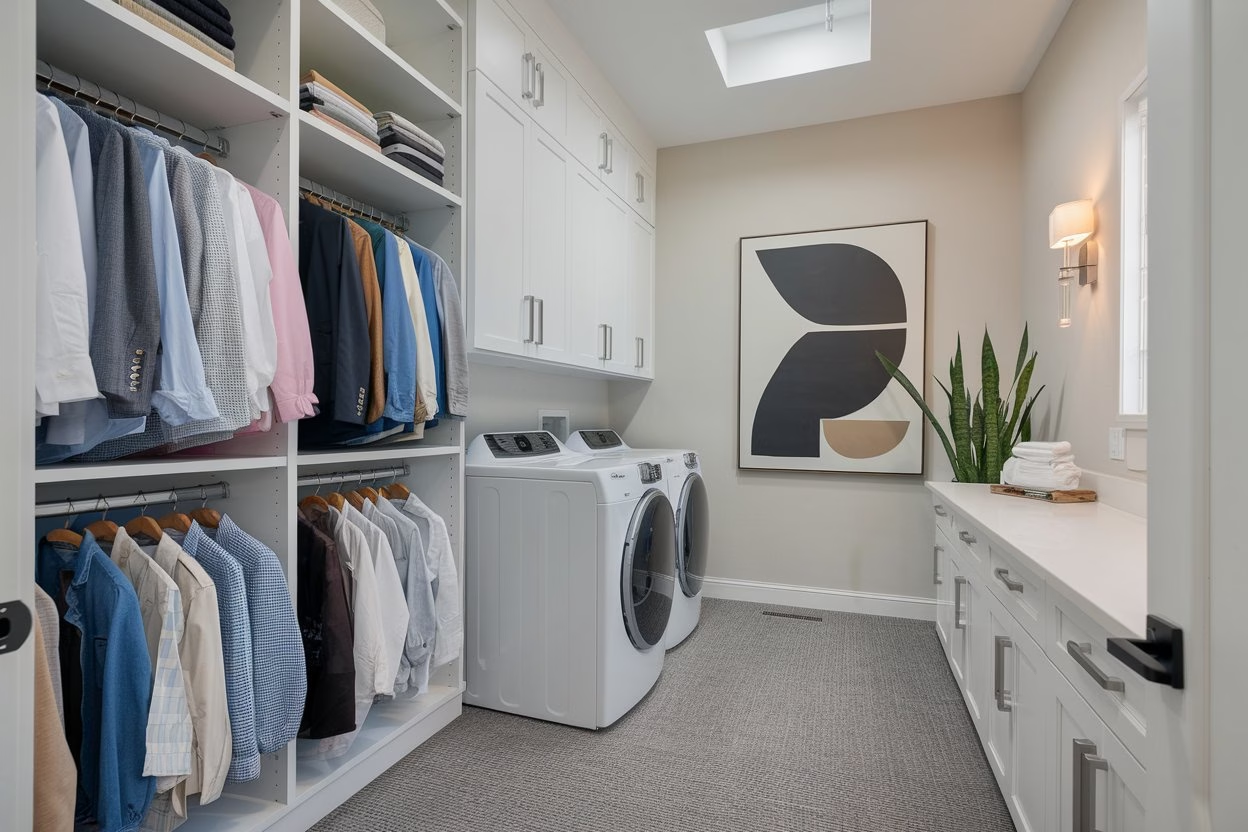



On the furniture in photos, have you used gloss or satin finish ?
Regards
satin